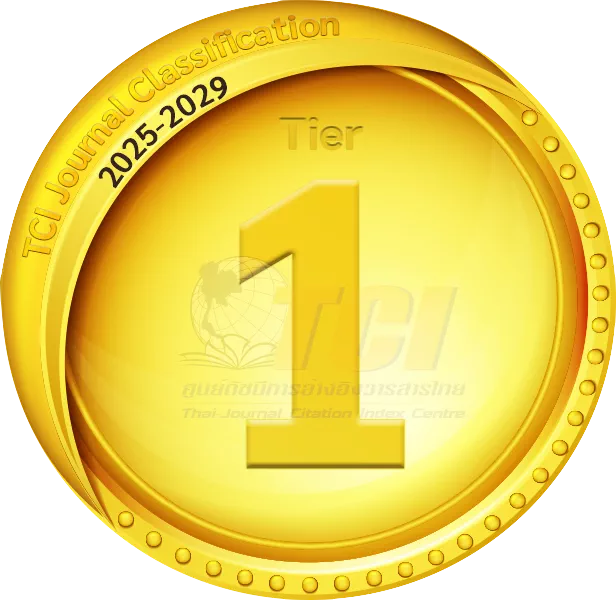An Investigation of Differential Item Functioning and Differential Test Functioning Of Swusat during 2010-2013
Abstract
The purpose of this research was to analyze the differential item functioning (DIF) and the differential test functioning (DTF) of scholastic aptitude test (SWUSAT) for groups of students and classified by gender. The data used in this research is the secondary data from Srinakharinwirot University Scholastic Aptitude Test (SWUSAT) year 2011 and 2013. SWUSAT test consists of 4 subjects and 10 tests. There are verbal ability test, number ability test, reasoning ability test and spatial ability test. The data analysis was analyzed in 2 steps. The first step was analyzing descriptive statistics. In the second step were analyzed differential item functioning (DIF) and differential test functioning (DTF) by using the DIFAS program.
The results of DIF and DTF analysis for all 10 tests in year 2011. Gender was the characteristic that found DIF all 10 tests. The percentage of item number that found DIF between 10% - 46.67%. There are 4 tests that most of items favors female group. There are 3 tests that most of items favors male group and there are 3 tests that the number of items favors female group equal favors male group. For Differential test functioning (DTF), there are 8 tests that have small level.
The results of DIF and DTF analysis for all 10 tests in year 2013. Gender was the characteristic that found DIF all 10 tests. The percentage of item number that found DIF between 6.67% - 60%. There are 5 tests that most of items favors female group and 2 tests that most of items favors male group. There are 3 tests that the number of items favors female group equal favors male group. For Differential test functioning (DTF), there are 8 tests that have small level.
Downloads
Published
How to Cite
Issue
Section
License
The submitting author warrants that the submission is original and that she/he is the author of the submission together with the named co-authors; to the extend the submission incorporates text passages, figures, data, or other material from the work of others, the submitting author has obtained any necessary permission.
Articles in this journal are published under the Creative Commons Attribution License (CC-BY What does this mean?). This is to get more legal certainty about what readers can do with published articles, and thus a wider dissemination and archiving, which in turn makes publishing with this journal more valuable for you, the authors.



